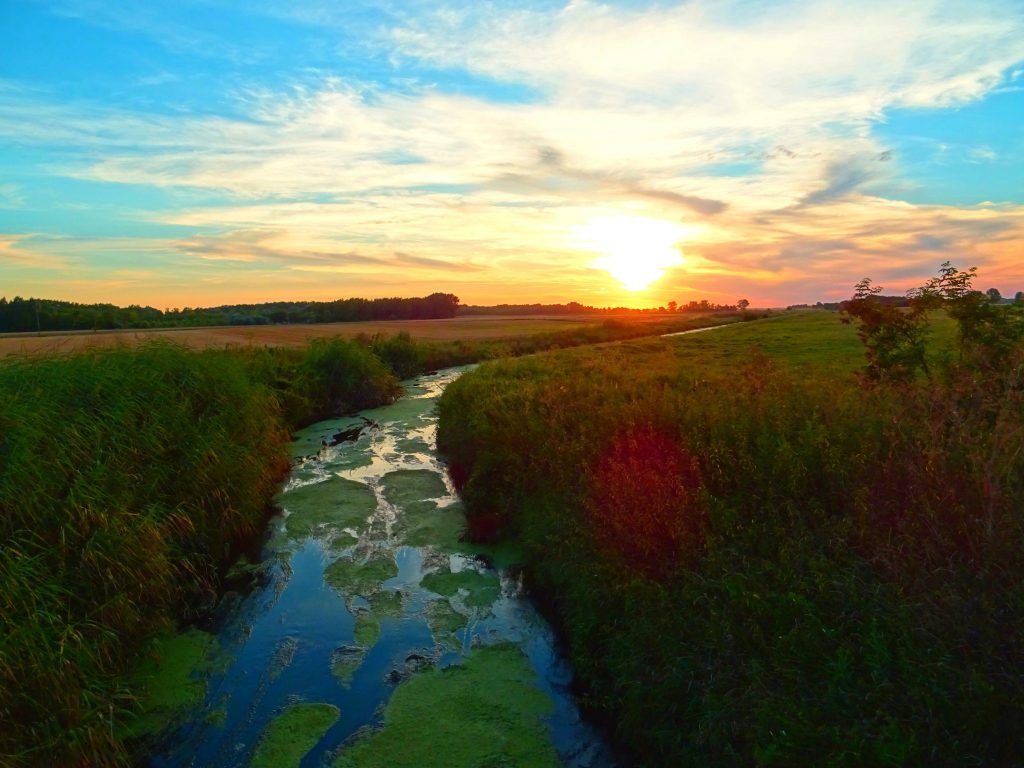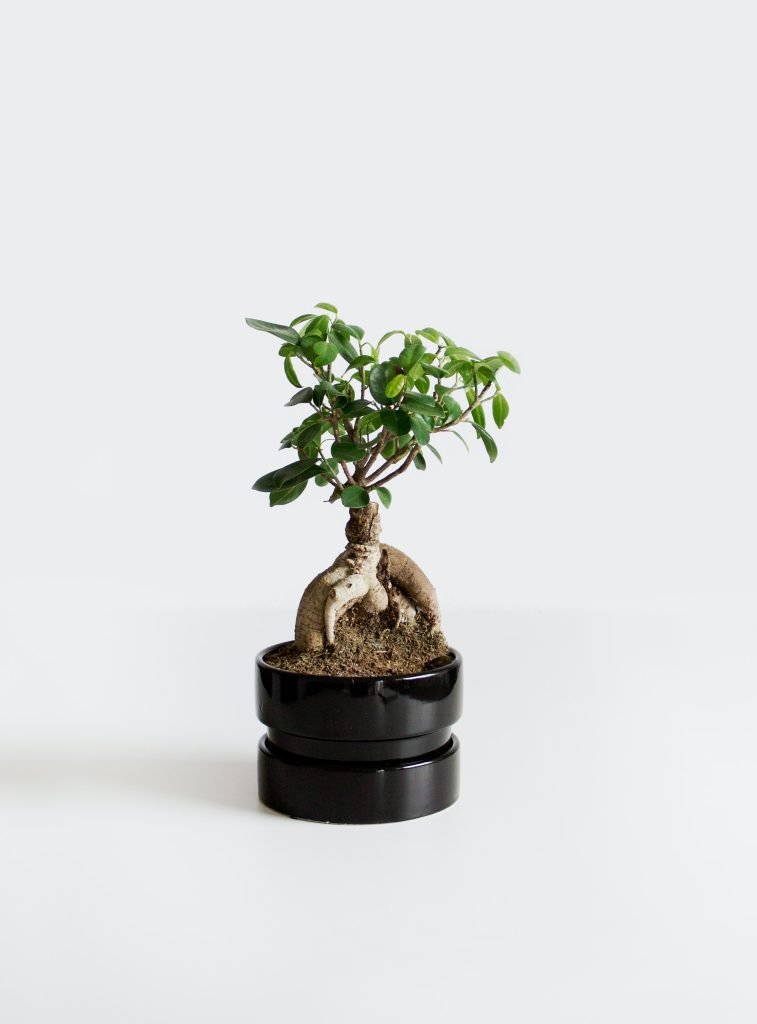How Do I Install A Water-efficient Irrigation System For My Garden?”
Discovering how to install a water-efficient irrigation system for your garden can be a game-changer. Not only will it help you conserve water, but it will also ensure your plants get just the right amount of hydration they need to thrive. In this article, you’ll learn about selecting the best irrigation system for your garden’s layout, the steps to install it properly, and some handy tips to optimize its efficiency. By the end, you’ll have all the knowledge you need to keep your garden lush while being environmentally friendly. How Do I Install A Water-efficient Irrigation System For My Garden?
Have you ever wondered how to efficiently water your garden without wasting precious resources? Installing a water-efficient irrigation system can be an excellent solution. Not only will it save you water, but it will also ensure your plants get the right amount of moisture they need to thrive.

This image is property of images.pexels.com.
Why Choose a Water-efficient Irrigation System?
A water-efficient irrigation system helps you conserve water, reduce utility bills, and promote healthier plant growth. By delivering water directly to the plant roots, it minimizes evaporation and runoff, making every drop count. It’s a win-win for both your garden and the environment.
Benefits of a Water-efficient Irrigation System
- Water Conservation: Uses less water compared to traditional methods.
- Reduced Costs: Saves money on water bills.
- Healthier Plants: Provides consistent moisture levels.
- Convenience: Automates the watering process.
- Environmental Impact: Reduces strain on local water resources.
Planning Your Water-efficient Irrigation System
Before you start digging and laying pipes, it’s essential to plan your irrigation system. Proper planning ensures that your system is efficient and tailored to your garden’s needs.
Assess Your Garden’s Water Needs
Each plant has different water requirements. Assess the types of plants you have and their water needs. Group plants with similar water requirements together to make your system more efficient.
Measure Your Garden
Measure the area you intend to irrigate. Knowing the size and layout of your garden helps in selecting the right system components and ensures even water distribution.
| Section | Length (ft) | Width (ft) | Area (sq ft) |
|---|---|---|---|
| Front Yard | 20 | 15 | 300 |
| Vegetable Patch | 10 | 10 | 100 |
| Flower Beds | 25 | 5 | 125 |
Check Your Water Source
Determine the water pressure and flow rate of your water source. It’ll help you choose the right type of irrigation system. If the water pressure is too high or too low, you might need to adjust it using pressure regulators.
Selecting the Right Irrigation System
There are various types of water-efficient irrigation systems to choose from. Let’s look at the most common ones and their benefits.
Drip Irrigation System
A drip irrigation system delivers water directly to the base of the plants using a network of tubes with small emitters. It’s ideal for gardens with diverse plant types and water needs.
- Pros: Highly efficient, little evaporation, customizable setup.
- Cons: May require regular maintenance to prevent clogging.
Soaker Hoses
Soaker hoses are porous hoses that deliver water directly to the soil. They are easy to use and can be connected to a standard garden hose.
- Pros: Simple to install, cost-effective.
- Cons: Limited precision, can cause over-watering in some areas.
Sprinkler Systems
Sprinkler systems use heads that spray water over a large area. They’re suitable for lawns and larger garden sections.
- Pros: Covers large areas, adjustable spray patterns.
- Cons: Higher evaporation rate, less efficient than drip systems.
Installing Your Irrigation System
Now that you’ve chosen your system, it’s time to install it. Follow these detailed steps to ensure a successful installation.
Step 1: Gather Your Supplies
Prepare all the materials and tools you’ll need. Here’s a checklist to get you started:
- Irrigation Tubing
- Emitters (for drip systems)
- Soaker Hoses (if chosen)
- Sprinkler Heads (if chosen)
- Connectors and Fittings
- Pressure Regulator
- Timer
- Stakes
- Shovel
- Measuring Tape
Step 2: Lay Out the System
Map out where you will place the tubing or hoses. It’s helpful to draw a layout before starting. Ensure that the water reaches all your plants.
Step 3: Install Tubing and Hoses
Lay the tubing or hoses according to your plan. For drip systems, secure the tubing using stakes and attach emitters near the plant roots. For soaker hoses, lay them on the soil surface or bury them slightly.
| Step | Action |
|---|---|
| 1 | Lay out main tubing |
| 2 | Attach soaker hoses or emitters |
| 3 | Secure tubing or hoses with stakes |
| 4 | Connect to water source |
| 5 | Add pressure regulator and timer if needed |
Tips for Laying Tubing and Hoses
- Avoid laying tubing in sharp bends to prevent kinks.
- Use connectors and fittings to create turns and branches.
- Ensure tubing is secure but not too tight.
Step 4: Test the System
Before covering the tubing with soil or mulch, test the system to make sure there are no leaks and that water is being distributed evenly.
- Turn on the water source and let the system run for a few minutes.
- Check all emitters or sprinkler heads to ensure they are working correctly.
- Adjust the placement if necessary.
Step 5: Automate with a Timer
An irrigation timer can simplify your watering schedule. Set it to water your garden during the early morning or late evening to minimize water loss due to evaporation.
Benefits of Using a Timer
- Consistency: Provides your plants with a consistent water schedule.
- Convenience: Reduces the need for manual supervision.
- Efficiency: Optimizes water usage by watering at ideal times.

This image is property of images.pexels.com.
Maintaining Your Irrigation System
Regular maintenance keeps your irrigation system in top condition, ensuring efficient water use throughout the growing season.
Cleaning Emitters and Hoses
Periodically check for clogs in emitters and hoses. Clean them by removing debris or using a mild vinegar solution to dissolve mineral deposits.
Monitoring Water Pressure
High or low water pressure can affect the performance of your system. Use a pressure regulator if needed and periodically check the pressure.
Seasonal Adjustments
Adjust your irrigation schedule according to seasonal changes. For instance, reduce watering frequency during rainy periods and increase it during hot, dry spells.
Inspecting for Leaks
Regularly inspect the system for leaks or damage. Fix any issues promptly to prevent water waste.
Troubleshooting Common Issues
Even with the best planning, sometimes issues arise. Here are some common problems and their solutions.
Uneven Water Distribution
If some areas are receiving more water than others, check for kinks, clogs, or misaligned emitters. Adjust the system layout as needed.
Leaks
Leaks can occur at connection points or due to damaged tubing. Identify and fix these promptly using repair kits.
Low Water Pressure
If the water pressure is too low, ensure that the system is connected correctly and that there are no blockages. Consider using a pressure pump if needed.

This image is property of images.pexels.com.
Enhancing Your Irrigation System
Once your basic system is up and running, you can enhance it with additional features for even greater efficiency and convenience.
Rain Sensors
Rain sensors automatically shut off your irrigation system during rainfall, preventing unnecessary watering.
Moisture Sensors
Moisture sensors measure soil moisture levels and adjust watering schedules accordingly, ensuring optimal water usage.
Fertilizer Injectors
Fertilizer injectors can be added to your system to deliver nutrients directly to plant roots, promoting healthy growth.
Smart Controllers
Smart controllers can be programmed to adjust watering schedules based on weather data, soil moisture, and plant needs, providing a high level of automation and efficiency.
Conclusion
Installing a water-efficient irrigation system in your garden is a rewarding project that offers numerous benefits. By following the steps outlined in this guide, you can create a system that conserves water, saves money, and promotes healthier plant growth. Happy gardening!
If you have any questions or need further assistance, don’t hesitate to reach out. Enjoy your beautifully watered garden!




